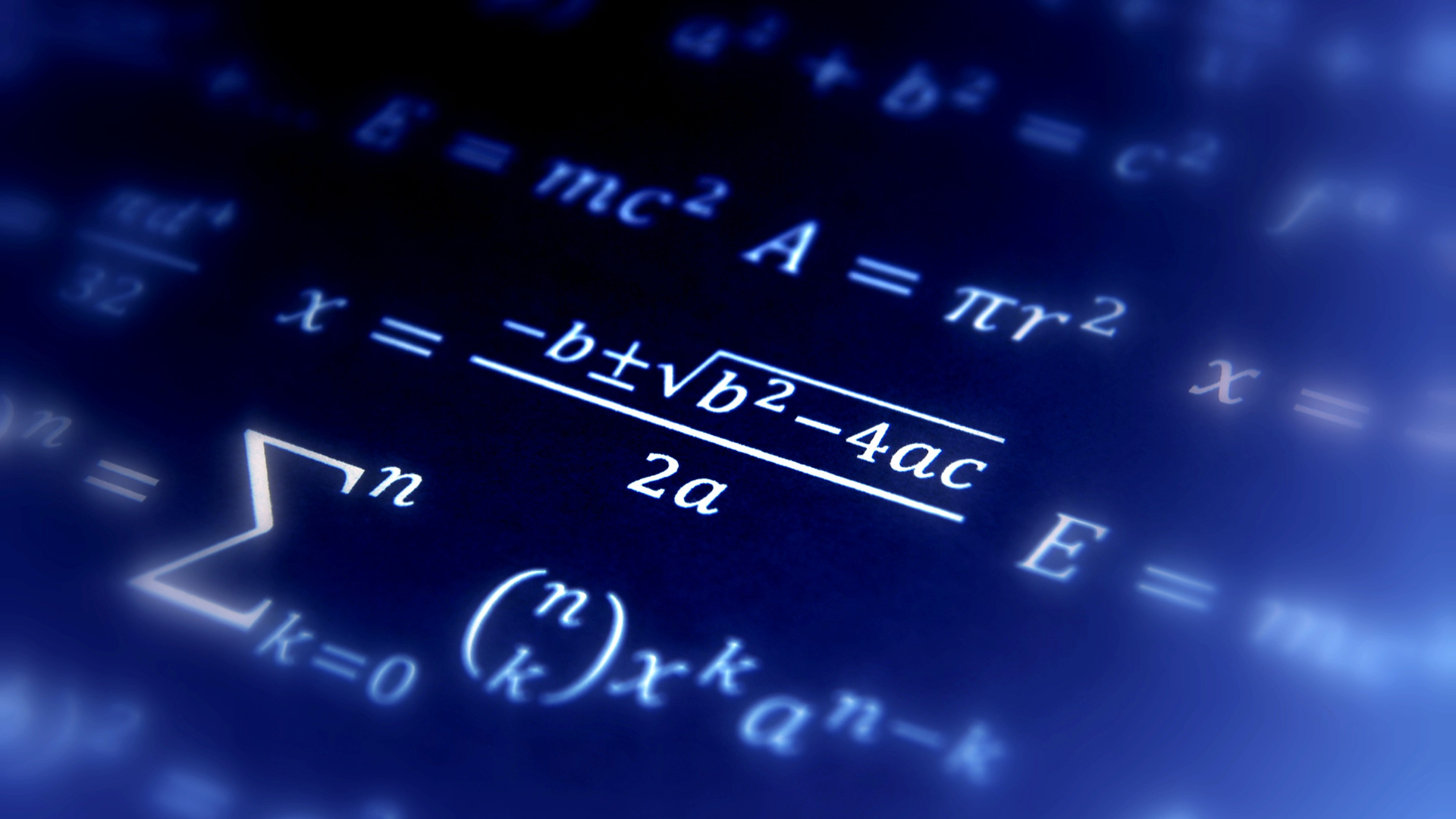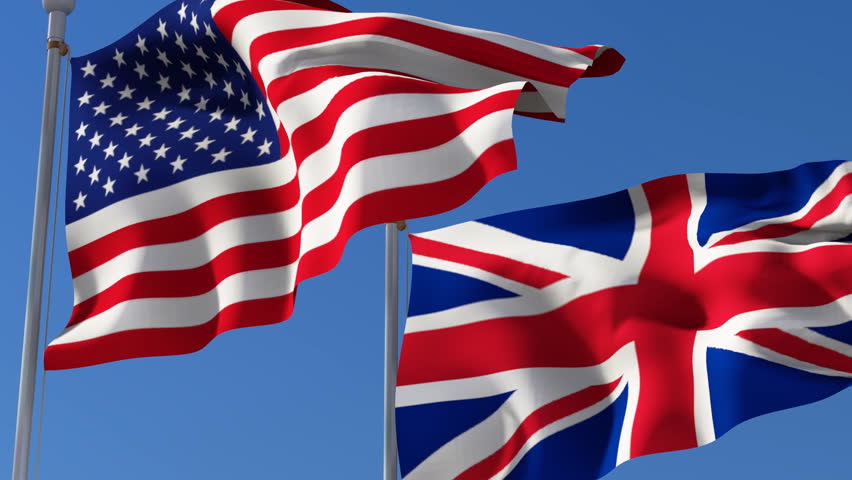
Back in 2015 a scientific phenomenon was observed for the first time, one that was previously only alluded to by one of the greatest minds in history – gravitational waves. In 1915 Albert Einstein predicted the existence of ripples in the fabric of space-time due to the general theory of relativity. Now, Scotland will play a vital part in the study of these gravitational waves that we currently know very little about.
In the world’s first ever Gravitational Wave Space Observatory, due for launch in the 2030s, the UK will develop optical benches – a straight rigid bar, typically marked with a scale, to which supports for lenses, light sources, and other optical components can be attached – for the European Space Agency (ESA)’s LISA mission. The LISA mission will seek to improve our knowledge of the beginning, evolution and structure of the universe.
The UK having played such a key role in the Laser Interferometer Gravitational-Wave Observatory, the international collaboration that first discovered the gravitational waves, and now being involved in possibly bigger discoveries as a result, goes someway in helping advance the profile of the UK space sector.
The UK has been working in space for 66 years but has only had our own national space agency since 2010. With a relatively short history it may not have the international profile of NASA and other larger space agencies – but the UK space sector is growing quickly. As the sector’s turnover has reached more than £14bn turnover, with 71 per cent growth since 2012 and world-leading capabilities in fields like satellite production, the expertise the UK has in space technology and understanding cannot be ignored. With the promise of a vital role on possibly game-changing programmes like the LISA mission, the UK secures its place in the global space arena for years to come.





